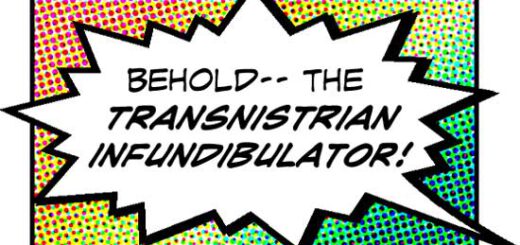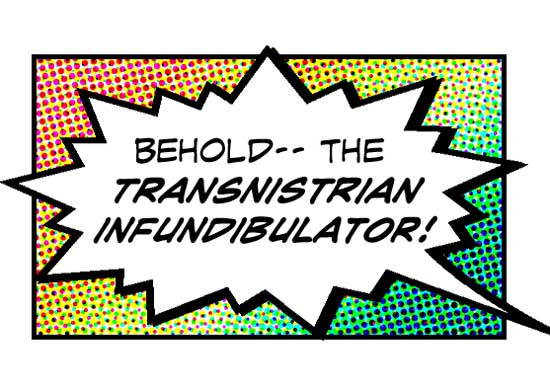A digression on comic categories
Over at Making Light, former Valiant Comics editor Teresa Nielsen Hayden started a thread on trying to explain marketing categories in publishing, and how they’re not solely determined by the content:
Say your book features a strange and powerful device, the Transnistrian Infundibulator:
If the storyline is about the inception, interim difficulties, and eventual happy resolution of the relationship between the inventor of the Transnistrian Infundibulator and some nice young woman, it’s a romance.
If he’s a scholar studying the Transnistrian Infundibulator, she’s a governess, and his best fossil specimen of T. infundibulator falls out of his pocket during a reception at Almack’s, it’s a regency.
If one or both of them is not 100% human, they meet cute while fighting off spooky badguys, and the Transnistrian Infundibulator is an ancient magical artifact they use to defeat said badguys, it’s a paranormal romance.
If she’s his lab assistant, he thinks she looks hot in goggles and a tool belt, and the Transnistrian Infundibulator is a huge rivet-intensive steam-driven mechanical wombat, it’s steampunk.
If the Transnistrian Infundibulator is magic, but instead of working like a handheld appliance, it generates profound and numinous changes that affect the world as a whole, it’s probably fantasy.
And the discussion took off from there.
Farther down the list of comments, I added:
If you actually see what the Transnistrian Infundibulator looks like in the book twice, it’s comics.
If it also has a spine, it’s a graphic novel.
But it occurs to me that we should be much more precise in trying to decide comics categories. For starters:
If the Transnistrian Infundibulator awakens a long sleeping creature the size of an elementary school that speaks perfect if grandiose English, it’s a Marvel monster comic from the late 50s.
And so I throw the floor open to you. Have at it.












